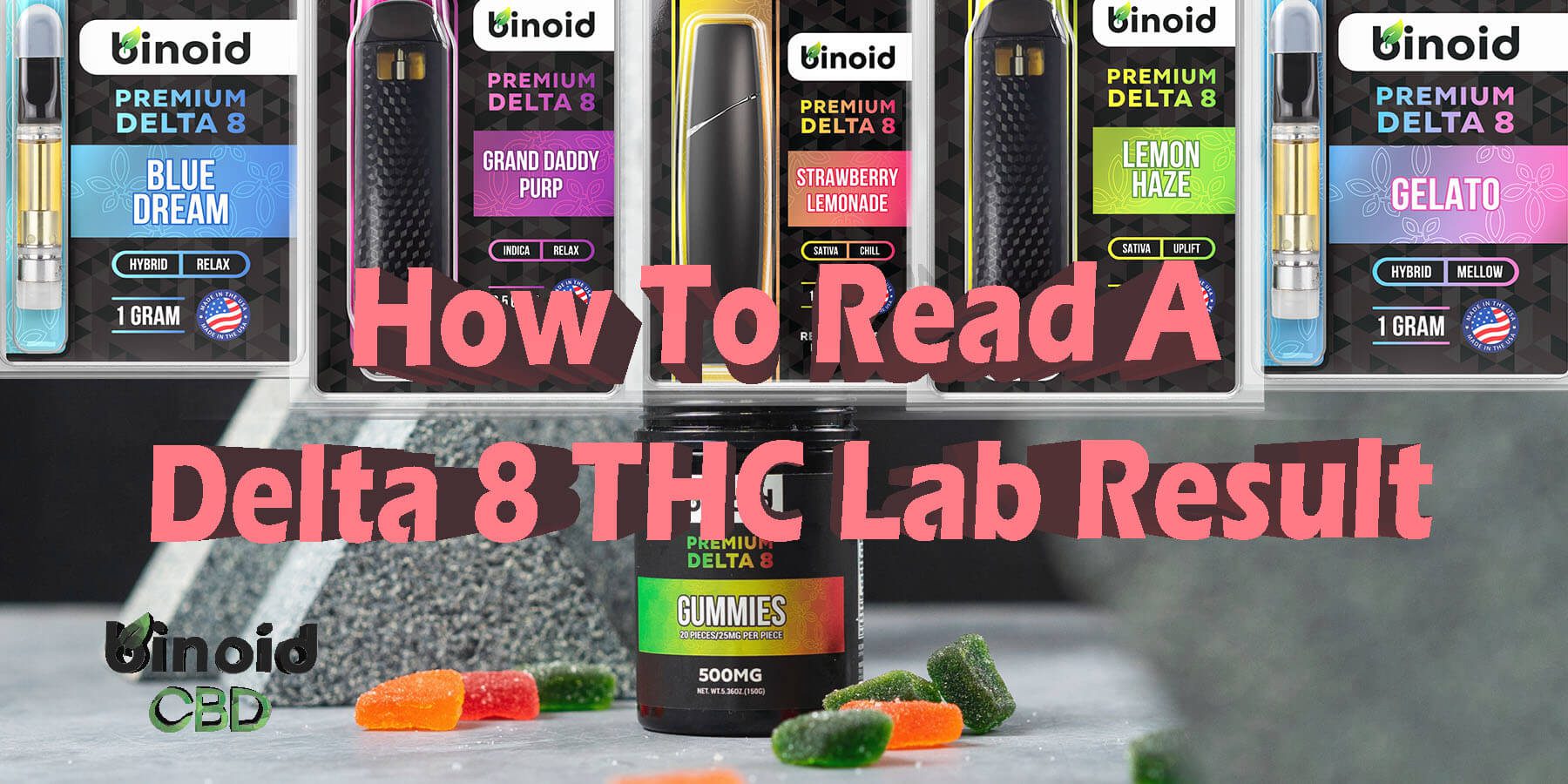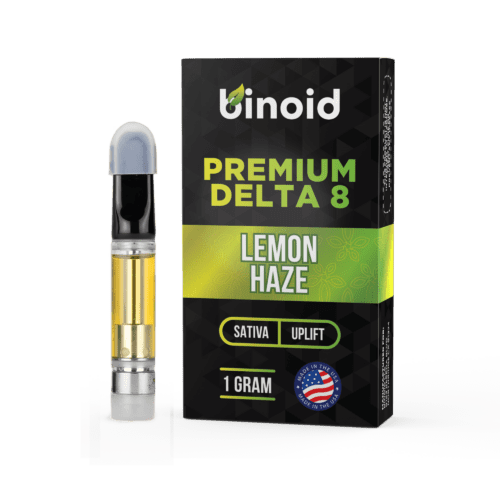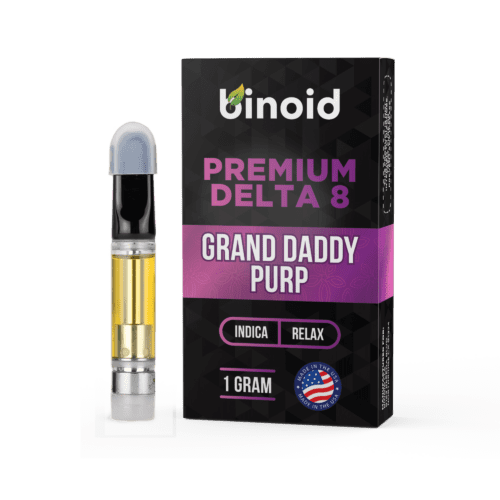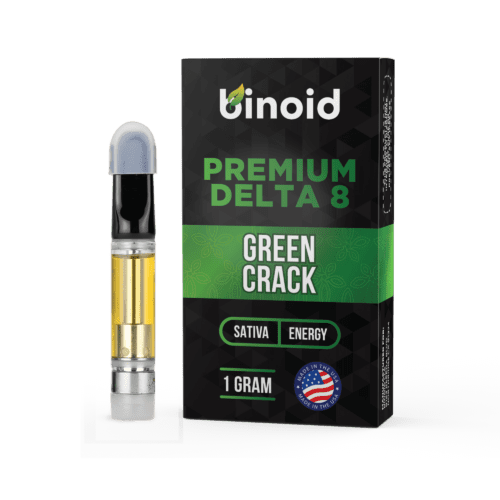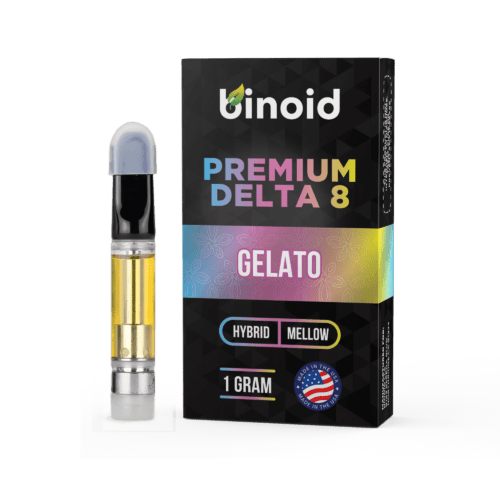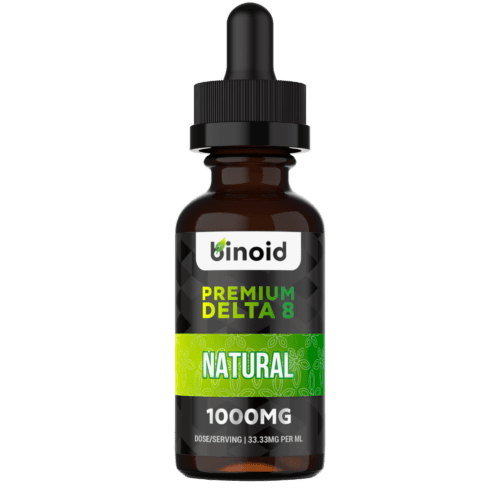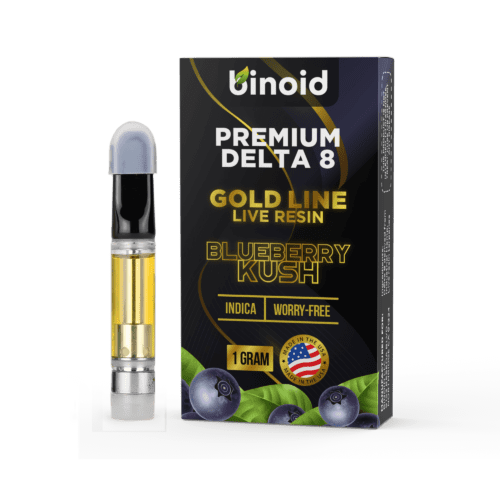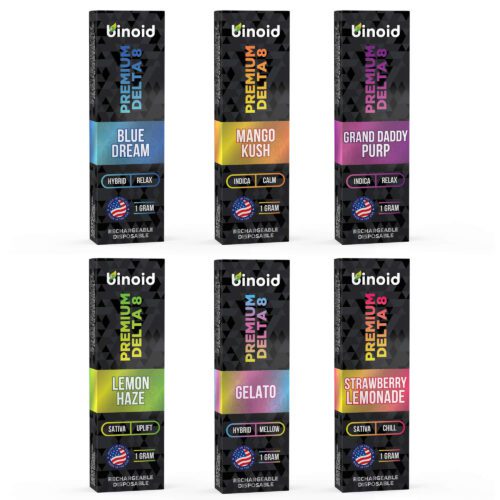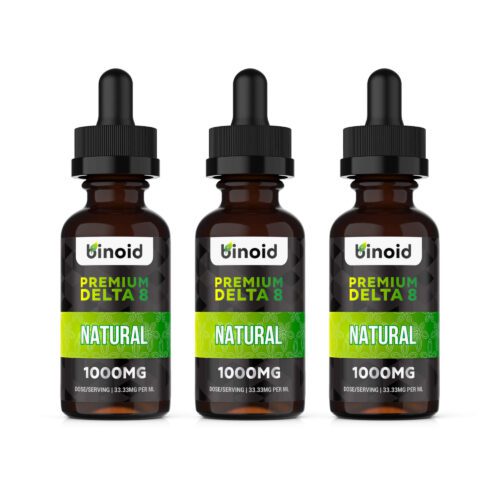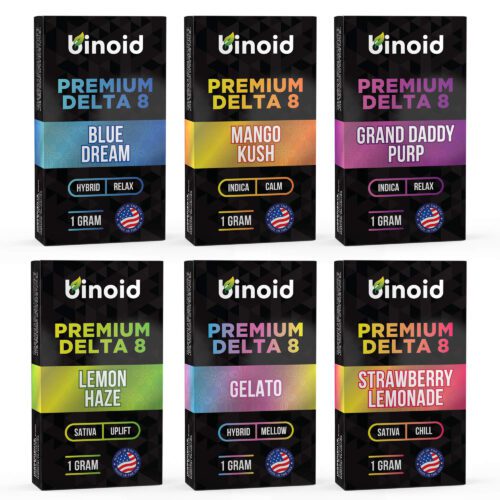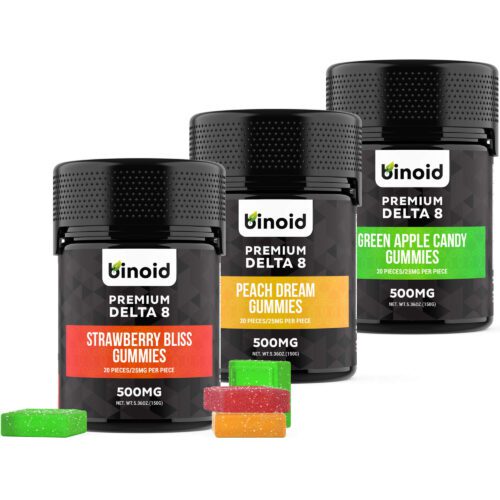All hemp-based products, such as THCA products, Delta 8 Products, THC-P products and HHC products must undergo a third-party lab-testing process before they can be marketed and sold.
So, while we wait for this cannabinoid to really appear on the market, let’s talk about how to read those reports, as they tell you a lot of information that you need to know about the safety, purity, quality, and authenticity of the product.
To Buy Lab Tested Delta 8 Products Click Here
Recommended products
The Importance of D8 Third-Party Testing
Lab-testing is one of the most critical aspects of selling hemp products. In fact, it’s legally required. Federal law makes it clear that all hemp-derived products are only permitted to contain up to 0.3% delta 9 THC, and the only way for a company to prove that this is the case is by submitting batches of their hemp extracts to an unbiased, state-licensed third-party testing facility, where it’s extensively analyzed.
Lab-testing doesn’t just confirm that a product is compliant with the law. It looks many factors involving the delta 8 distillate, including its purity, and whether or not it’s been contaminated, to prove that it’s safe for human consumption. A company can swear that they offer the purest, safest delta 8 THC possible, but the truth is that you can never know for sure without looking at the lab report.
And, if a company isn’t making their lab reports accessible to customers, that’s a big dealbreaker, since it usually means that there’s something about the company’s delta 8 that they don’t want you to know.
Where is the Delta 8 Lab Result?
Every company producing delta 8 products should make their third-party lab reports readily accessible on their website. Usually, this is going to be in one of two places: either on the product page or on a separate page where each lab report is listed together. Every delta 8 THC product should have its own individual lab report, so that you can find the specific product you plan to buy.
In the event that you can’t find a lab report on a company’s website, you can always contact the company and ask for access to them. One thing worth pointing out is that some companies require that you scan a QR code on the physical product’s label to access that product’s lab report.
Recommended products
Confirming a Lab Report’s Authenticity
Unfortunately, there are companies out there that fake their lab reports. This can be done by either making a fake document altogether, or by modifying/editing an existing, authentic one to change the information on it. But, fortunately, all lab reports can be sourced back to the laboratory.
All lab reports should contain the name of the laboratory somewhere, along with a reference number. To authenticate a lab report, first you’ll want to look up the name of the lab, to make sure that it’s a real laboratory. If you want extra assurance, you can contact the lab and give them the reference number to make sure that the report is legitimate.
What You Should Be Looking for in a Lab Report
One of the first things that you’ll be looking at when you read a lab report is the purity of the delta 8 distillate, and how much of it is in the product. The distillate’s purity level is important since it tells you how much of the distillate is actually made up of the cannabinoid. You’ll never find a 100% pure cannabinoid distillate, since the nature of distillation does not allow this to be physically possible, but you should see something around the 90% mark.
You’ll also notice a section that tells you whether or not the product is legally compliant, as it will state the amount of delta 9 THC in the product, which should not exceed 0.3%.
Recommended products
Can the Product Type Make a Difference?
Each product type’s lab report will likely look a bit different, because each product type has its own specific formulation, which affects what shows up on the report. So, let’s go into a little more detail, by breaking down what each delta 8 product type’s lab report will look like.
- Delta 8 Vapes: Vape oils, whether they’re in cartridges or disposables, should contain 100% pure hemp compounds, with no other ingredients present in the formula. So, the percentage of delta 8 should be very high – about 85-95% of the entire formula. And, the number of milligrams should be somewhere between 850-950mg for every 1 gram of vape oil. The amount remaining should be terpenes.
- Delta 8 Gummies/Edibles: Unlike vapes, edibles are not made up of 100% pure hemp – after all, they contain a lot of ingredients by default. The number of milligrams of delta 8 reported on the lab sheet should match the amount that’s being advertised by the manufacturer. For example, if you have delta 8 thc gummies that say they contain 25mg per piece, the lab report should show 25mg of delta 8.
- Delta 8 Tinctures: A tincture’s lab report should reflect the total amount of milligrams of delta 8 advertised on the product’s label, since tinctures only contain delta 8 distillate and a carrier oil (and sometimes flavoring).
- Delta 8 Concentrates/Dabs: Delta 8 dabs/concentrates should look a lot like flower, since ultimately, these products are the result of concentrating delta 8 flower. Only, the delta 8 percentage should be much higher.
Never Ignore the Delta 8 THC Lab Report
Overall, you shouldn’t ever buy any hemp product without first looking carefully through the lab report. Otherwise, you’ll never really know if you’re ending up with fake, unsafe, or low-quality product.
Binoid’s third-party lab reports are easy to find on the website, and demonstrate the superior purity and quality levels that we’re proud to maintain for our customers.

